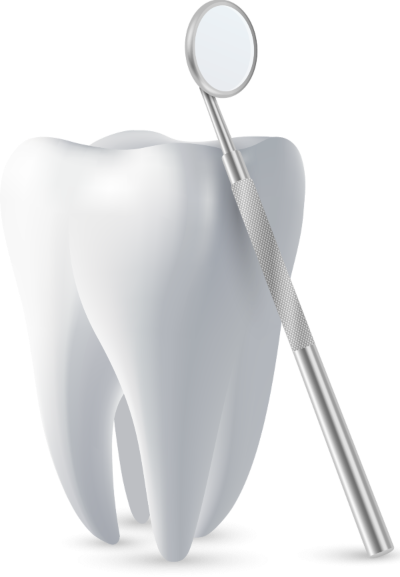What Is Preventative Dental Care?
Preventative dentistry is the practice of early detection and prevention of oral health issues such as tooth decay, gum disease, and oral cancer. Preventive dental treatments such as regular dental cleanings, checkups, and oral cancer screenings reduce a patient’s likelihood of developing oral health problems.
It also encompasses education about proper oral hygiene and a diet that reduces the development of cavities. Preventing oral health problems keeps you healthier overall because issues such as gum disease increase your risk of developing serious medical conditions such as heart disease. Contact us today to schedule an appointment at Summerbrook Dental.


Did you know…
Ready to schedule your appointment?
Call (817) 382-7445 to scheduleWHAT TO EXPECT AT YOUR PREVENTATIVE DENTAL CARE APPOINTMENT
Preventive Treatment Options
Cleaning & Hygiene
Fluoride Treatments
Dental Sealants
Periodontal CarE
Oral Cancer Screenings
Cleaning & Hygiene
Cleaning & Hygiene
The ADA recommends that you return to the dentist every 6 months for regular dental cleanings and checkups. This greatly reduces your risk of tooth decay and gum disease while promoting early detection of these issues.
When caught early enough, these issues can be reversed. During a dental cleaning, we use a scaler to remove plaque and tartar from the gum line. We then clean and polish your teeth and floss away any food particles or left-behind toothpaste.
We’ll also perform an oral exam to look for signs of decay, gum disease, and oral cancer. If necessary, we will take x-rays to look for tooth infections, impacted teeth, or other issues.Fluoride Treatments
Fluoride Treatments
Fluoride contains minerals such as calcium and phosphates which strengthen your tooth enamel. We recommend receiving fluoride treatments at least every 6 months to protect your teeth from cavities.
The fluoride restores minerals to the teeth for stronger enamel that is more resistant to acid attacks that form cavities. Fluoride does more than just prevent cavities, they can also reverse early-stage decay.Better Oral Health
Dental Sealants
Sealants are resin coatings that are placed on the rear molars for cavity protection. We recommend having them placed as soon as the first and second permanent molars come in.
These teeth have a considerable amount of pits and fissures that can make it difficult to thoroughly remove food particles, making them more vulnerable to cavities. Dental sealants make the surfaces of these teeth smoother and easier to clean while sealing out bacterial plaque and acids.Periodontal CarE
Periodontal CarE
You can stop the spread of gum disease with periodontal cleanings. The first stage of gum disease, gingivitis, is reversible when caught early enough. By practicing good oral hygiene at home and getting a traditional dental cleaning, we can restore your gum health without any permanent soft tissue damage or bone loss.
However, if left untreated, it will develop into irreversible periodontitis. In this case, you’ll need a deep cleaning. Deep cleaning involves scaling and root planing. We scale away plaque and tartar buildup, even going below the gum line, and then smooth out the tooth’s roots. This needs to be done before gum disease progresses into an advanced stage, in which case oral surgery may be needed.Oral Cancer Screenings
Oral Cancer Screenings
Sealants are resin coatings that are placed on the rear molars for cavity protection. We recommend having them placed as soon as the first and second permanent molars come in.
These teeth have a considerable amount of pits and fissures that can make it difficult to thoroughly remove food particles, making them more vulnerable to cavities. Dental sealants make the surfaces of these teeth smoother and easier to clean while sealing out bacterial plaque and acids.

Did you know…
Dental sealants protect the teeth from 80% of cavities in the first 2 years.
Ready to schedule your appointment?
Call (817) 382-7445 to scheduleHave questions about preventive dentistry? Find answers here.
How should I properly brush my teeth?
Brush your teeth at least twice a day for two minutes each time for a healthy smile. Start by holding your brush at a 45-degree angle to your teeth and gums. Using small, circular strokes, clean the front, back, and chewing surfaces of each tooth. Each quadrant of your mouth only needs about 30 seconds of proper brushing. Don’t forget to replace your toothbrush or electric toothbrush head every 3-4 months, and to use an ADA-approved toothpaste with fluoride.
How do you floss correctly?
Roll out 18-24 inches of floss and wind most of it around the index or middle finger of one of your hands. Then, wind the last few inches around the index or middle finger of your opposite hand.
Pinch a 1-inch section of floss between your fingers and gently move this section of floss between your teeth with a rocking motion. Once the floss reaches your gum line, hug the floss against one of your teeth to create a “c” shape and move it up and down to dislodge plaque and bacteria. Repeat this motion against the next tooth to clean both sides of the gum.
Finish by gently removing the floss from between your teeth. Wind a new 1-inch section of floss between your fingers, move to the next tooth, and repeat.
What's the difference between prophylactic cleanings and periodontal cleanings?
Prophylactic cleanings are the regular cleanings you get every 6 months at your dental appointments, which are required by all patients. Your dentist or dental hygienist will remove plaque, tartar and bacteria from your teeth, buff and polish them, and then floss your teeth to remove any residual debris during these cleanings.
Periodontal cleanings, also known as “deep cleanings”, are only needed for patients who have periodontal or gum disease. This treatment is done in two appointments, as half of your mouth is cleaned at each appointment. By scraping away plaque and tartar between your teeth and gums, your dentist will smooth the roots of your teeth to eliminate pockets that trap bacteria. Unless you have gum disease, a periodontal cleaning isn’t required.
Is preventive care covered by dental insurance?
Usually, dental insurance policies cover 100% of basic preventive care. Many cover at least a certain portion of the cost. Preventive care treatments include prophylactic teeth cleanings every 6 months, any necessary x-rays (usually once a year), and an annual or biannual dental exam performed by your dentist. Dental insurance policies may also cover the cost of optional preventive treatments, like dental sealants and fluoride treatments for children.
Insurance policies do differ, and it’s up to the patient to understand their coverage. Consult with your provider so you know exactly what’s covered and what will likely be out-of-pocket.

Did you know…
The average person smiles 40 times a day.




